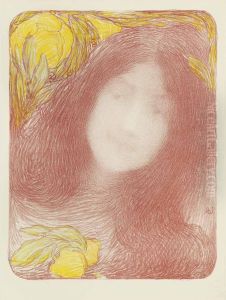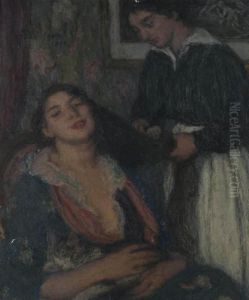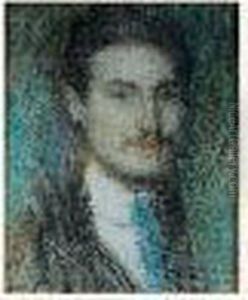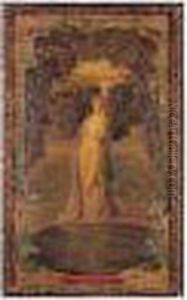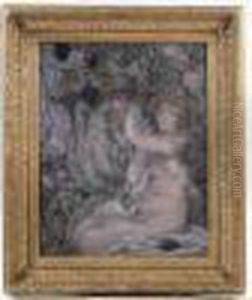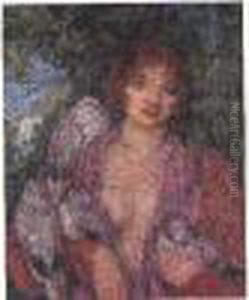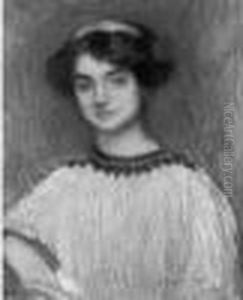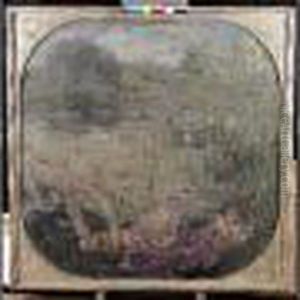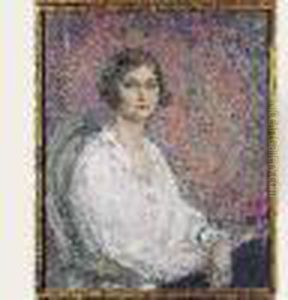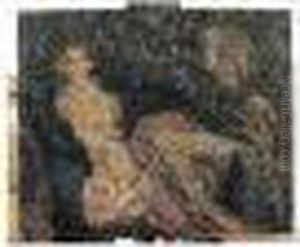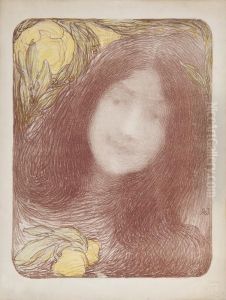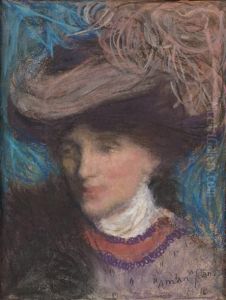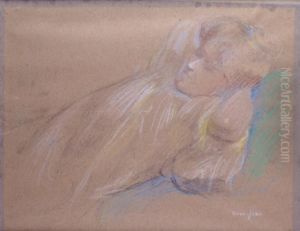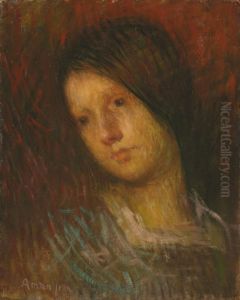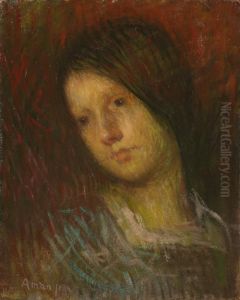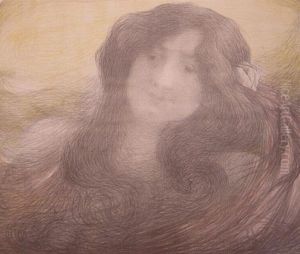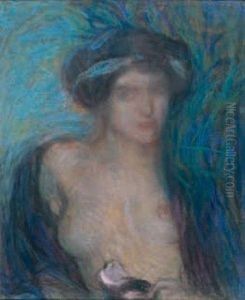Edmond Aman-Jean Paintings
Edmond Aman-Jean was a French symbolist painter, who was born in Chevry-Cossigny, Seine-et-Marne on January 13, 1858. He is known for his work in portraiture and his use of delicate pastel tones, often creating a dreamy and ethereal atmosphere in his paintings. Aman-Jean grew up in a time of artistic innovation and was influenced by the growing Symbolist movement, which emphasized personal and mythological subject matter.
Educated at the École des Beaux-Arts in Paris, Aman-Jean was a student of Henri Lehmann, and he also formed a lasting friendship with fellow student Georges Seurat. Together, they shared an interest in the scientific aspects of painting, exploring the theories of color and optical effects that would later lead to Pointillism, a technique Seurat famously developed. While Aman-Jean did not adopt Pointillism himself, he was supportive of Seurat's experiments.
Aman-Jean established his reputation with a portrait of his sister, exhibited at the Paris Salon in 1886, which was well received for its sensitivity and craftsmanship. He continued to exhibit at the Salon, becoming a regular and respected participant. His works often featured women, either as allegorical figures or in intimate, contemplative scenes. His style evolved to include more decorative elements, and he became associated with the Symbolist movement, which sought to express ideas and emotions through symbolic imagery and a focus on mood rather than realism.
Apart from painting, Aman-Jean was also involved in the decorative arts, creating designs for wallpaper and tapestries, which was a common practice among artists of his time who were interested in the Gesamtkunstwerk, or total work of art, concept. This approach aimed to unify painting, architecture, and the decorative arts into a single, harmonious experience.
Throughout his career, Aman-Jean received several honors, including the Legion of Honour in 1900. He was active as a teacher, influencing the next generation of artists. His work was part of the painting event in the art competition at the 1924 Summer Olympics.
Edmond Aman-Jean died on January 25, 1936, in Paris. Today, his work is held in many private collections and can be found in museums across France. His contribution to Symbolism and French art of the late 19th and early 20th centuries remains significant, reflecting the period's fascination with beauty, psychology, and the unseen forces of nature and the human psyche.
